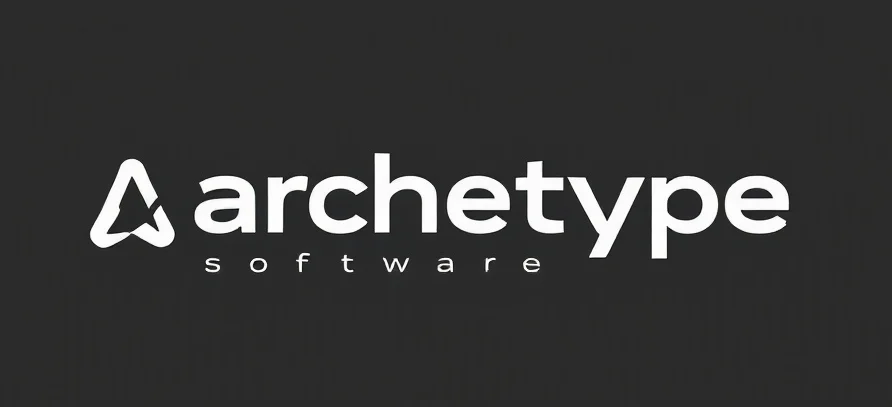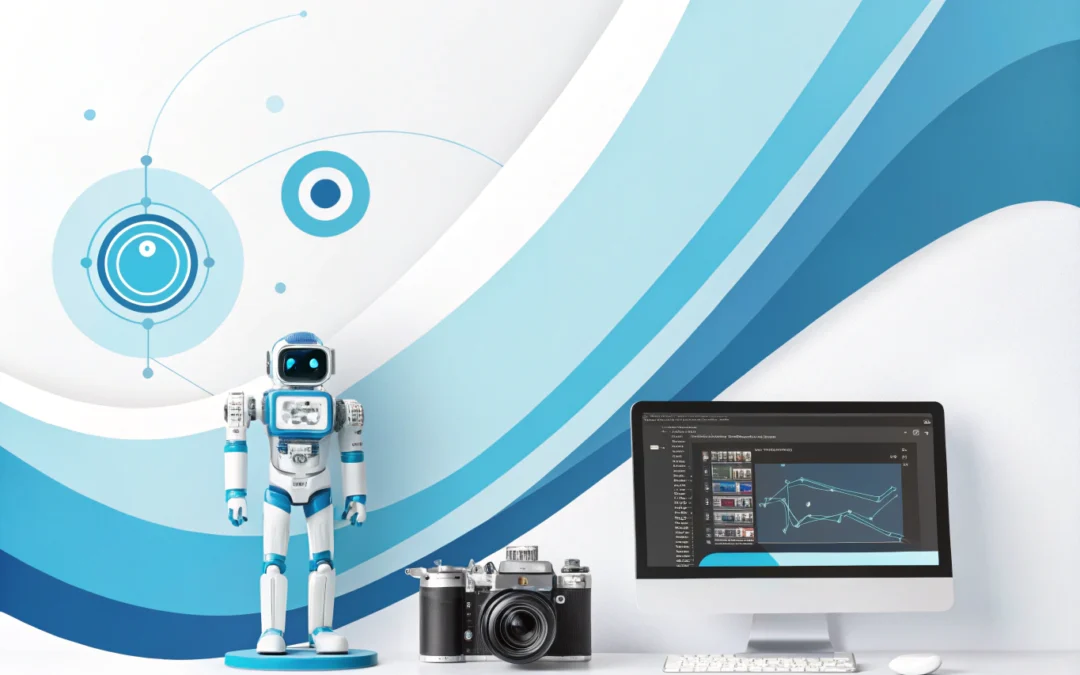The Art of AI in E-commerce Imagery
When AI steps into the realm of imagery, it’s as if we’ve handed the paintbrush to a highly skilled intern. This intern is eager to learn, sometimes a bit too enthusiastic, and occasionally in need of a gentle nudge in the right direction. The potential here is vast, as outlined in ai for pics. The marriage of AI and e-commerce imagery is not just about automating tasks; it’s about transforming how we envision and engage with products online.
Understanding AI’s Role in Imagery
First, let’s clear up a common misconception: AI isn’t here to replace creatives. Think of it more as the ultimate assistant, capable of sifting through terabytes of data to highlight patterns and insights that the human eye might miss. It’s like having an intern who can analyze a thousand images in the time it takes you to sip your coffee.
AI-driven image tools can enhance product photos by adjusting lighting, removing backgrounds, and even generating entirely new visuals from scratch. These tools are the digital equivalent of having a studio setup that’s always ready, complete with its own lighting technician and Photoshop wizard.
Transformative Aspects of AI in Visuals
AI’s impact on e-commerce isn’t just skin-deep. It’s about creating a personalized shopping experience. Imagine a future where AI can tailor product images to suit individual preferences, dynamically altering colors or styles based on a shopper’s previous interactions. This isn’t science fiction; it’s an emerging capability that will redefine personalization in online shopping.
Additionally, AI can streamline the creation of marketing materials. By automatically generating images that align with current trends or brand aesthetics, businesses can maintain a fresh and engaging online presence without the constant grind of manual content creation.
Challenges and Missteps
Of course, our eager intern isn’t infallible. AI can sometimes go off-script, producing images that miss the mark or fail to capture the intended nuance. The key is in the feedback loop—much like guiding an intern through their learning process. Consistent input and adjustments from human experts ensure that AI tools are aligned with brand values and visual identity.
Moreover, ethical considerations can’t be ignored. As AI-generated images become more prevalent, transparency about what is real versus AI-created becomes crucial to maintain consumer trust.
Actionable Recommendations
So, how can businesses leverage these AI capabilities effectively? Start by integrating AI tools into your existing workflow to automate repetitive tasks. This frees up your creative team to focus on strategic initiatives rather than mundane edits.
Next, invest in AI training for your team. Understanding the capabilities and limitations of these tools will empower your staff to use them more effectively and creatively.
Finally, maintain a feedback loop. Regularly review AI-generated content and provide constructive feedback to the system. This iterative process is vital for honing the AI’s output to align with your brand’s vision and standards.
In conclusion, embracing AI for imagery in e-commerce is about enhancing human creativity and efficiency. It’s about setting that talented intern on the path to becoming an invaluable team member, capable of elevating your brand’s visual expression to new heights.
Checkout ProductScope AI’s Studio (and get 200 free studio credits)

